
Filter News
Area of Research
News Type
Date
News Topics
- 3-D Printing/Advanced Manufacturing (2)
- Artificial Intelligence (1)
- Biomedical (2)
- Clean Water (1)
- Composites (1)
- Computer Science (3)
- Critical Materials (1)
- Cybersecurity (1)
- Energy Storage (1)
- Environment (2)
- Fusion (1)
- Grid (1)
- Isotopes (1)
- Materials Science (3)
- Mercury (1)
- Microscopy (1)
- Molten Salt (3)
- Nanotechnology (3)
- Neutron Science (3)
- Nuclear Energy (3)
- Physics (1)
- Polymers (2)
- Security (1)
- Space Exploration (1)
- Transportation (4)
Media Contacts

In response to the nuclear industry’s growing interest in molten salt reactors, Oak Ridge National Laboratory will bring together leading experts from around the world to discuss recent developments at its third annual MSR Workshop, October 3–4. This year’s theme will be key tech...

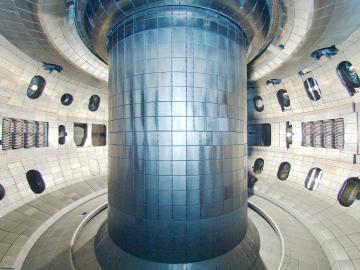
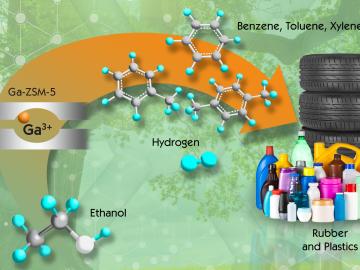
A simplified catalyst production process developed by Oak Ridge National Laboratory could double the output of high-value chemicals used in making materials found in soda bottles and tires. Scientists found that single gallium cations are the key to increasing production of ben...
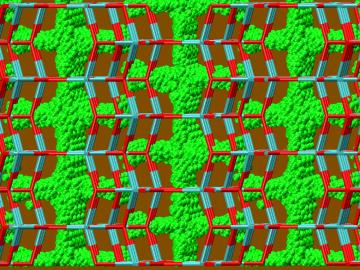

A new manufacturing method created by Oak Ridge National Laboratory and Rice University combines 3D printing with traditional casting to produce damage-tolerant components composed of multiple materials. Composite components made by pouring an aluminum alloy over a printed steel lattice showed an order of magnitude greater damage tolerance than aluminum alone.
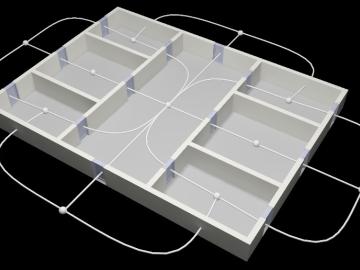
A new tool developed at Oak Ridge National Laboratory can help homeowners and builders calculate energy loss when air leaks through a building’s envelope, the physical barrier separating the interior and exterior. Starting with specific building metrics, the calculator analyzes multiz...

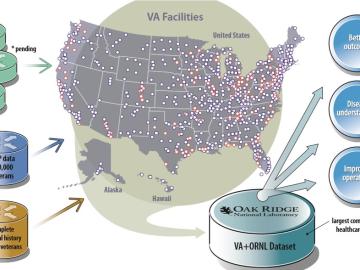
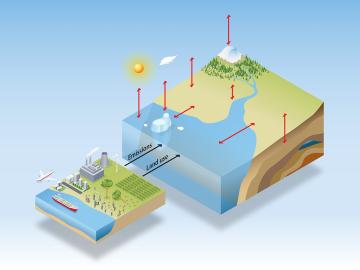
A new integrated computational model reduces uncertainty in climate predictions by bridging Earth systems with energy and economic models and large-scale human impact data. Co-developed by Oak Ridge National Laboratory, the novel integrated Earth system model, or iESM, leverages the power of supercomputers, including ORNL’s Titan, to couple biospheric feedbacks from oceans, atmosphere and land with human activity, such as fossil fuel emissions, agriculture and land use.


